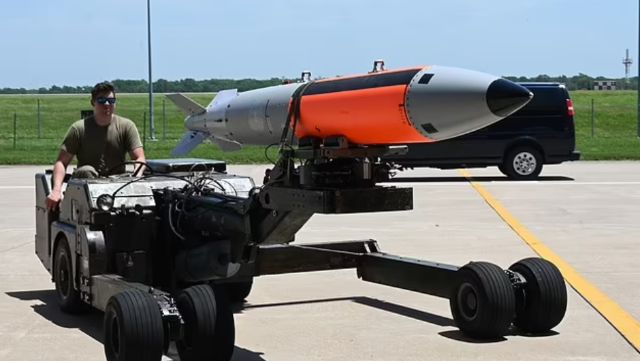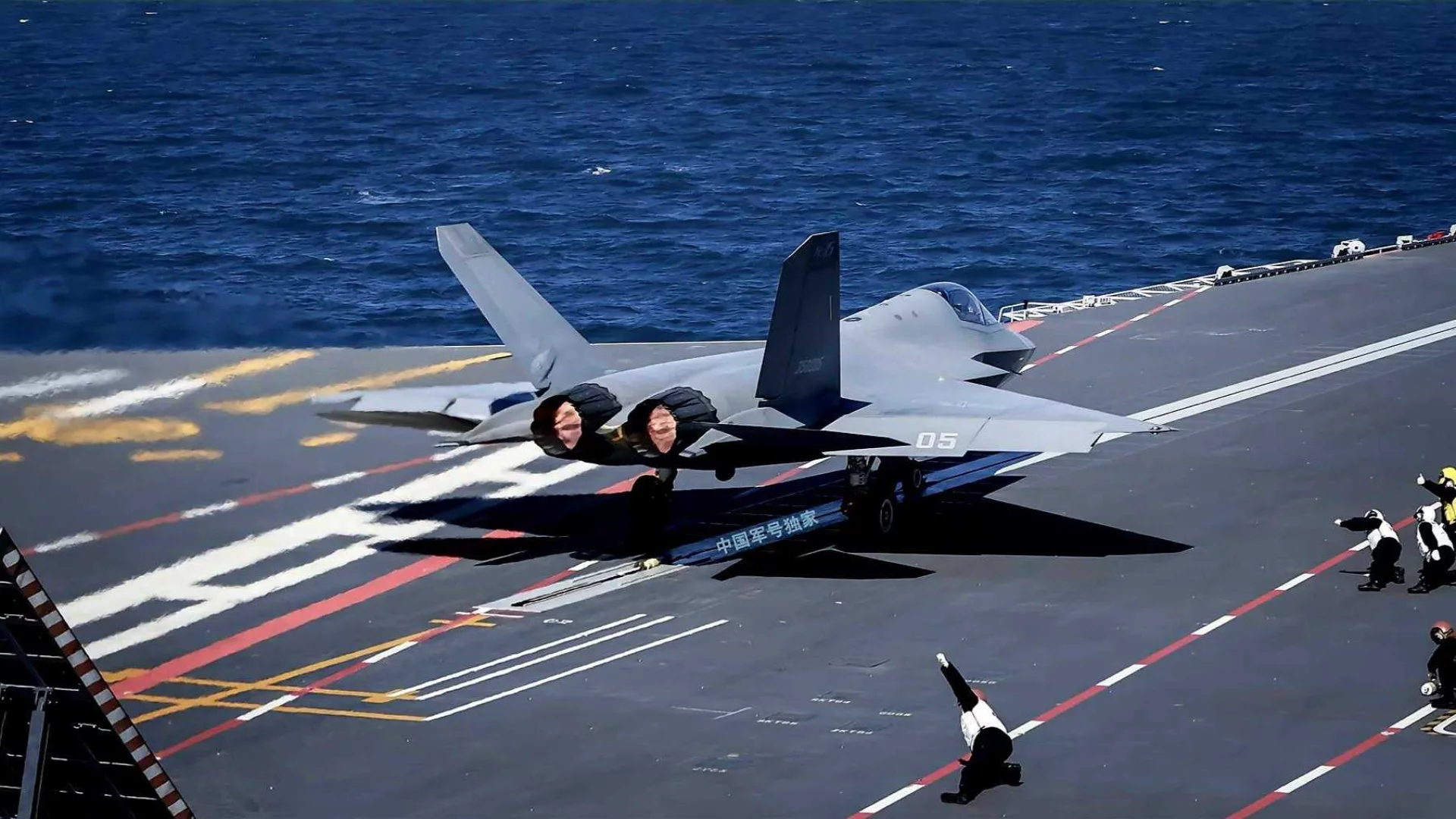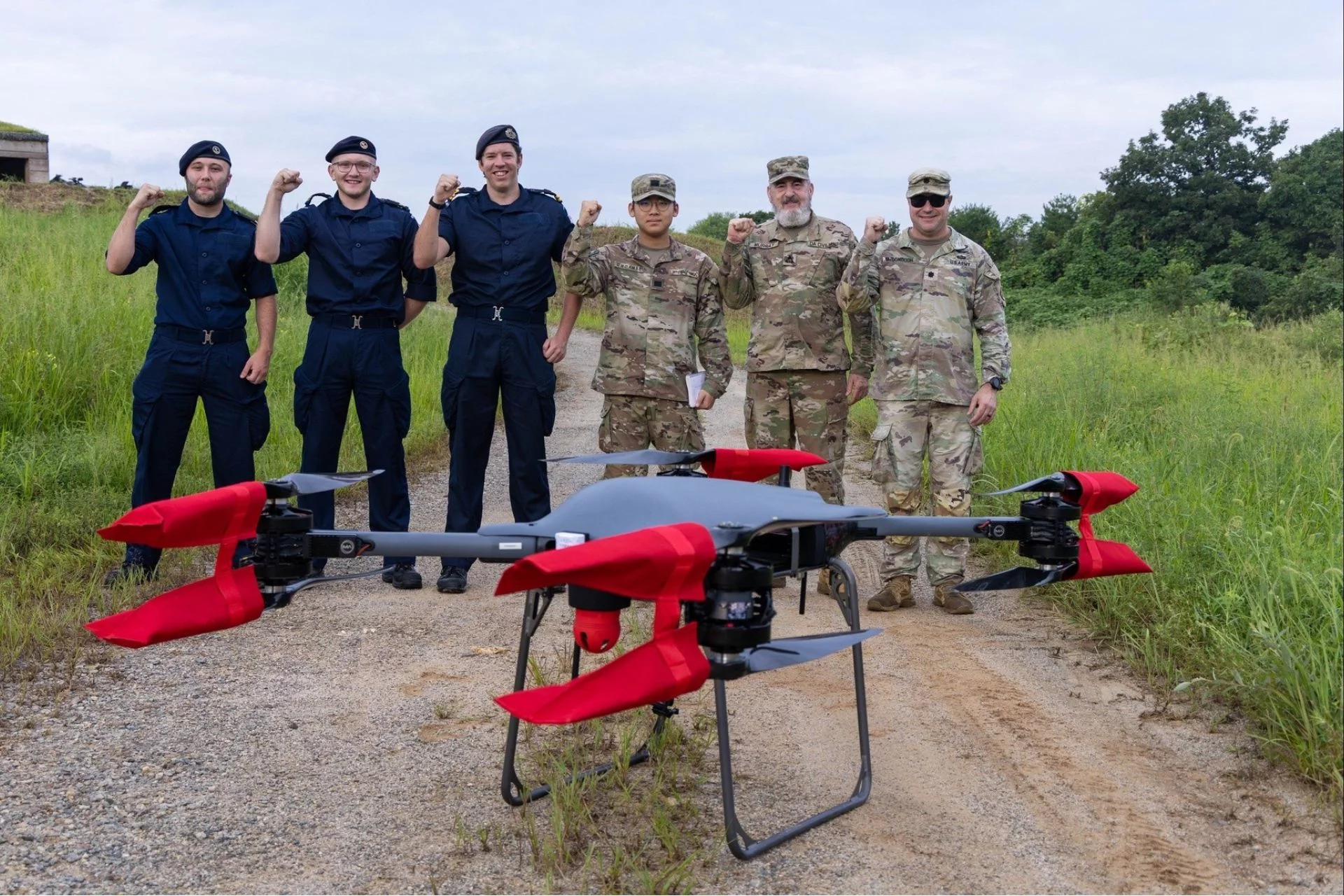In the ever-evolving landscape of global defense and military strategy, few developments capture the imagination quite like a nation’s bold leap into modern aerial warfare capabilities. On a crisp October day in 2025, Bulgaria took another giant stride forward in its ambitious air force overhaul, as two gleaming F-16 Block 70 fighter jets touched down at the Graf Ignatievo Air Base. This isn’t just another routine delivery; it’s a pivotal moment that underscores Bulgaria’s commitment to shedding its outdated Soviet-era relics and embracing cutting-edge NATO-compatible technology. As tensions simmer along Europe’s eastern borders, this upgrade couldn’t come at a more critical time, bolstering not only Bulgaria’s national security but also the collective defense posture of the entire NATO alliance.
Let’s rewind a bit to understand the full scope of this transformation. Back in 2019, Bulgaria inked a landmark government-to-government deal with the United States, paving the way for the acquisition of eight state-of-the-art F-16 Block 70 jets. This agreement wasn’t born out of whim; it was a strategic necessity. For decades, Bulgaria’s air force had relied heavily on aging MiG-29 fighters, remnants of the Cold War era that, while once formidable, have long been outpaced by modern threats. These Soviet-designed planes, with their mechanical limitations and high maintenance demands, were increasingly ill-suited for the demands of contemporary warfare, especially in a region shadowed by geopolitical instability, including the ongoing conflict in Ukraine and heightened Russian activities in the Black Sea area.
Fast forward to today, and the fruits of that 2019 pact are materializing at an accelerating pace. The latest arrival on October 18, 2025, brings the total number of F-16s delivered to six out of the initial eight. Earlier shipments had already set the stage: two jets landed on April 2, followed by another pair on June 8, and yet two more on October 3. With the final duo slated for delivery by the end of 2025, Bulgaria is on track to fully operationalize this first batch, marking a complete squadron ready for action. The ceremony at Graf Ignatievo was no small affair—attended by Defence Minister Atanas Zapryanov and top brass from the Bulgarian Air Force—it symbolized a nation’s resolve to fortify its skies.
But what makes the F-16 Block 70 such a game-changer? Dubbed the “Viper” for its lethal prowess, this is the pinnacle of F-16 evolution, blending fourth-generation agility with elements that nod toward fifth-generation stealth and networking. At its core is the AN/APG-83 SABR Active Electronically Scanned Array (AESA) radar, a technological marvel that allows for superior target detection, tracking multiple threats simultaneously, and engaging them with pinpoint accuracy. Unlike the older mechanically scanned radars found in previous F-16 models, the AESA system offers enhanced electronic warfare resistance, longer detection ranges, and the ability to operate in jammed environments—crucial for contested airspaces.
Complementing this is a suite of advanced avionics: a high-speed modular mission computer that processes data at lightning speeds, the Link-16 tactical datalink for seamless communication with NATO allies, and compatibility with cutting-edge weapons systems like the AIM-120 AMRAAM missiles and Sniper targeting pods. The airframe itself has been beefed up for longevity, boasting a service life of up to 12,000 hours, and optional conformal fuel tanks that extend range without sacrificing aerodynamics. Imagine a fighter that can loiter longer, strike farther, and integrate effortlessly into multinational operations—this is the Viper in action.
To put this in historical context, the F-16’s journey began in the late 1970s as a nimble, cost-effective lightweight fighter designed to counter Soviet MiGs. Over the decades, it has morphed into a versatile multi-role powerhouse, serving in over 25 air forces worldwide. The Block 50/52 variants of the 1990s introduced precision-guided munitions and improved radar, setting the stage for today’s Block 70/72 standards. These latest iterations aren’t just upgrades; they’re reinventions, incorporating lessons from real-world conflicts and technological leaps in computing and sensors. For Bulgaria, transitioning from MiG-29s to Vipers means jumping from analog to digital warfare—gaining superior situational awareness, reliability, and the flexibility to handle air-to-air combat, ground strikes, and reconnaissance missions all in one platform.
On the operational front, the implications are profound. Bulgaria’s location on NATO’s eastern flank makes it a linchpin in regional security. The Black Sea region has seen increased volatility, with Russian naval and air maneuvers testing alliance resolve. The new F-16s enhance air policing missions, deterring potential incursions and ensuring rapid response capabilities. Through Link-16, Bulgarian pilots can share real-time data with allies, creating a unified air picture that strengthens integrated air and missile defense. This reduces Bulgaria’s dependence on NATO partners for quick reaction alert (QRA) duties and allows for deeper participation in exercises like Baltic Air Policing or operations influenced by the Ukraine crisis.
Moreover, the program’s rollout includes comprehensive support infrastructure. At Graf Ignatievo, test flights and technological acceptance procedures are in full swing. A state-of-the-art simulator facility is being fast-tracked to train pilots without risking actual aircraft, accelerating the conversion process from MiG-29s to F-16s. Currently, six Bulgarian pilots are type-rated on the Viper, with more undergoing rigorous training to master the specific configurations. This human element is as vital as the hardware; skilled crews turn advanced tech into effective combat power.
Financially, the initiative reflects careful planning amid budgetary constraints. The 2019 package for the first eight jets and ancillary equipment was pegged at approximately $1.3 billion, with U.S. congressional notifications allowing for up to $1.673 billion to cover contingencies and support. In 2022, Bulgaria doubled down with approval for a second batch of eight, valued similarly at around $1.3 billion, aiming for a full 16-jet squadron by the late 2020s. Lockheed Martin, the prime contractor, secured a $512 million DoD award in 2020 for production, with assembly lines in Fort Worth, Texas, and Greenville, South Carolina, humming to meet deadlines. Despite earlier hiccups from global supply chain disruptions—exacerbated by the pandemic and geopolitical tensions—the delivery schedule is now steady, a testament to resilient international cooperation.
Looking ahead, this modernization isn’t just about hardware; it’s a strategic pivot. By phasing out MiG-29s, Bulgaria aligns fully with NATO standards, enhancing interoperability and reducing logistical headaches from maintaining dual fleets. In a broader sense, it sends a clear message of deterrence in an era where air superiority can tip the scales in hybrid conflicts. As Russian forces continue to probe NATO’s edges, Bulgaria’s Viper-equipped air force will stand as a robust guardian, ready to integrate with allies in contingency planning and real-world responses.
In essence, these latest deliveries are a watershed moment. They’re not merely adding planes to a hangar; they’re forging a modern, networked fighter force capable of deterring aggression, integrating seamlessly with partners, and defending sovereignty in increasingly contested skies. As the final jets of the first batch arrive by year’s end, Bulgaria is poised to emerge as a stronger, more autonomous player on the NATO stage, converting hefty investments into tangible security gains. The skies over the Balkans just got a whole lot more secure—and a lot more sophisticated.




